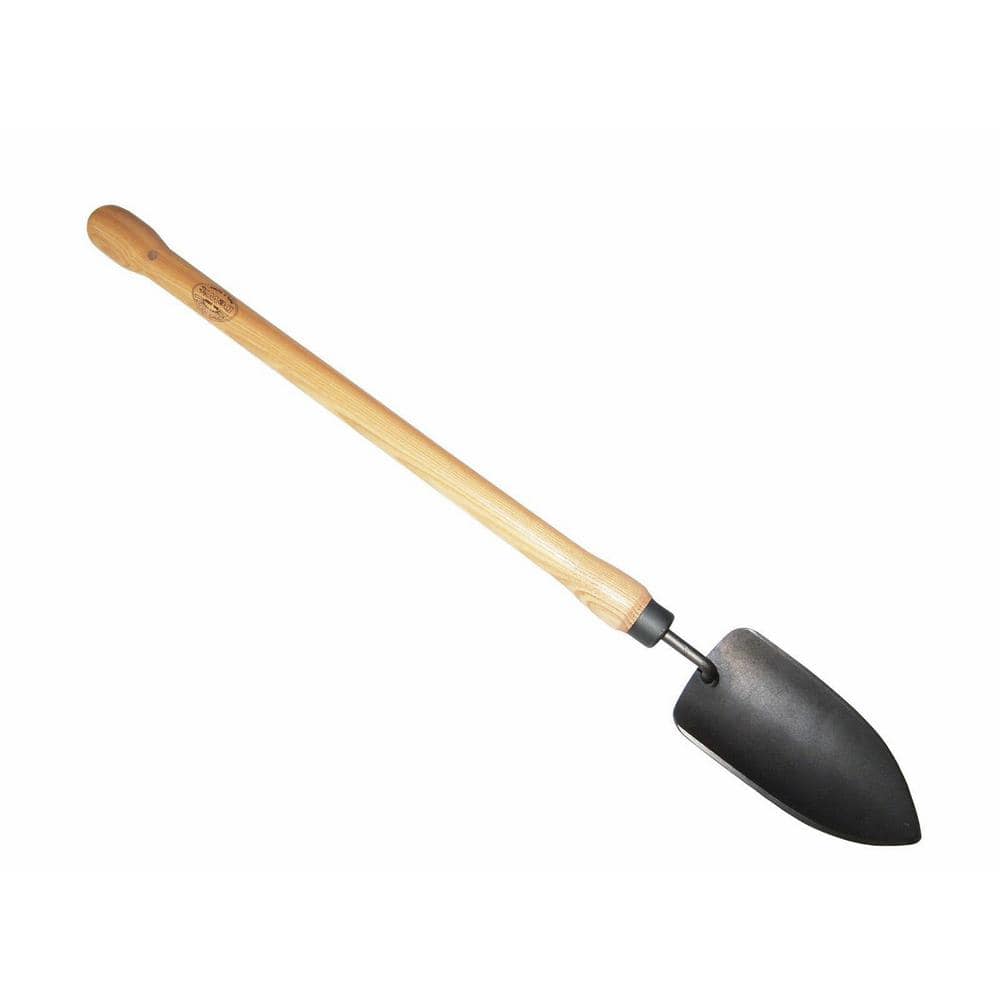How to Grow Citrus Trees

Published January 12, 2024
Many people in warm climates grow fruit trees either in the landscape or in containers, but are often uncertain of how to care for them. In general, most citrus trees require the same type of care. This guide highlights what you need to know to grow citrus trees.
Table of Contents
The Right Citrus Tree in the Right Place
Caring for Citrus Trees
Fertilizing Citrus Trees
Identifying Problems with Citrus Trees
Growing Citrus Trees in Containers
The Right Citrus Tree in the Right Place

Half the battle of growing any type of tree is selecting the right tree and planting it in the right place. Citrus trees struggle and usually don’t survive sustained cold weather. Your first step is to make sure the citrus tree you choose is the right type for your growing zone.
Next, consider where you’ll plant the tree in your landscape. Citrus trees can tolerate light shade, but grow faster and produce more fruit when grown in full sunlight. Be sure to space trees at least 15 feet apart. For cold protection, plant the trees on the south side of your house.
Caring for Citrus Trees
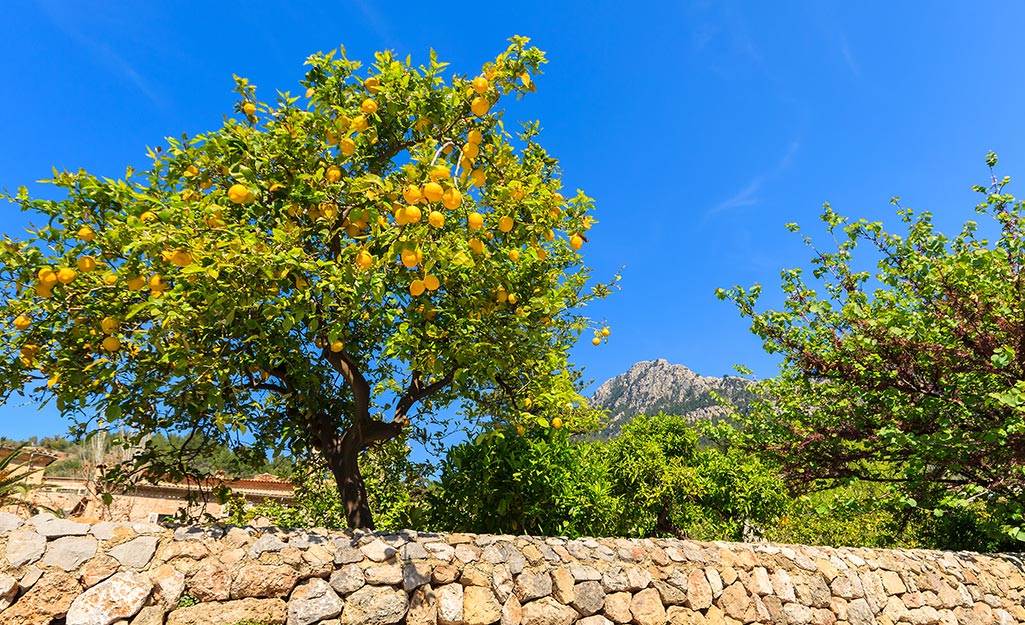
New citrus trees require frequent watering to establish. For best results, water young citrus trees at least twice a week. Frequent waterings with small amounts of water are recommended. The tree’s leaves should never become wilted, which is where the leaves cup and dry out.
Keep an eye on fungus or injury to the tree trunk and never paint the tree for pest control. Mulch will prevent weeds, but do not pile mulch around the trunk. In extreme cold, you’ll want to wrap your trees from the trunk to as far up as possible with a blanket or tarp to prevent frostbite.
Fertilizing Citrus Trees
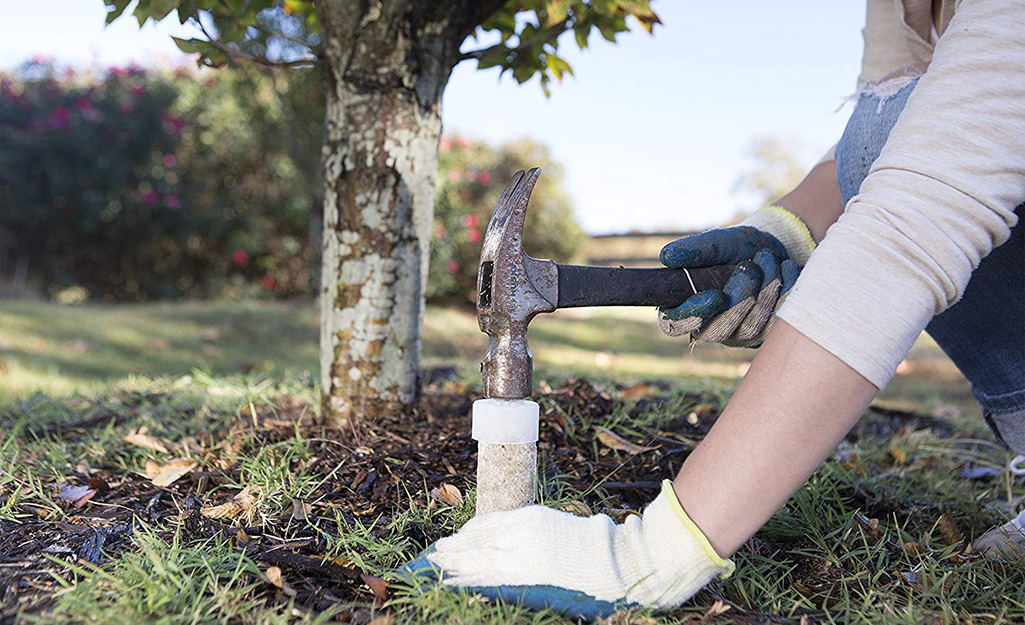
Citrus trees are heavy feeders, and to have flowers and fruit, they need to be fertilized regularly. The amount of fertilizer you will use depends on the size and age of your trees. Typically, plan to fertilize three to five times a year using a formulation of 6-6-6 or 8-8-8 for young trees and 10-10-10 for older trees.
The most common mistakes home gardeners make are not fertilizing their citrus trees enough, not fertilizing regularly or not using proper amounts of fertilizer.
In Florida and other humid climates, begin fertilizing new trees at the beginning of the growing season in February, just as the buds begin to swell. If you miss your early feeding, don’t fertilize until the fruit is about the size of a pea, usually around mid-May. The goal in new trees is to stimulate vigorous growth. It can take up to four years to reap a good crop of citrus. For mature trees, fertilizing also promotes fruit.
Apply fertilizer directly under the tree just beyond the edge of the canopy. Spread the fertilizer evenly and do not mound against the trunk.
Identifying Problems with Citrus Trees
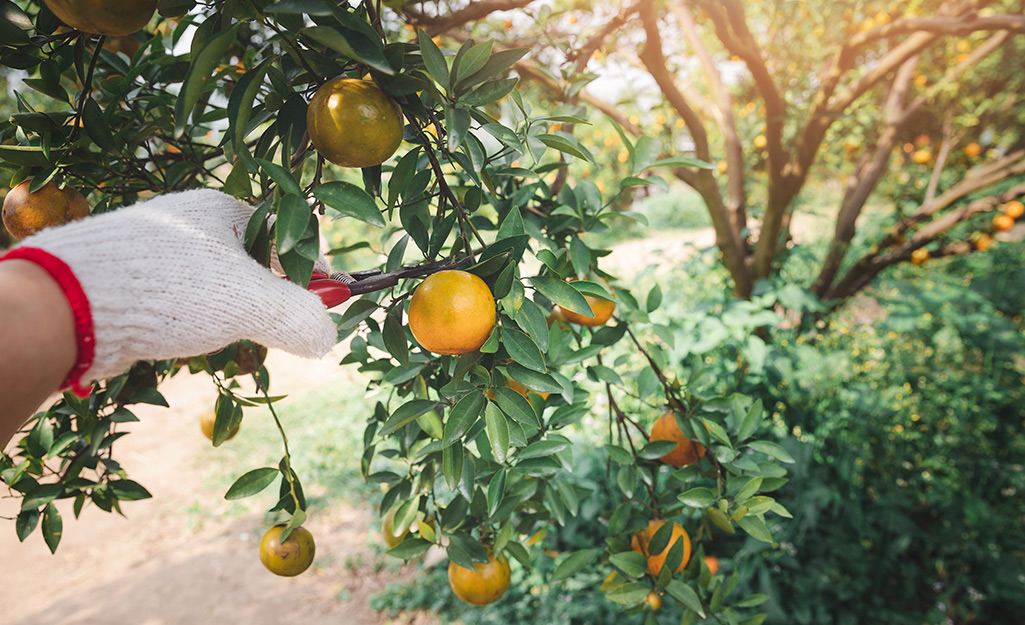
If you notice any nutrient deficiencies, get a soil analysis to identify which nutrients are needed. This can usually be corrected with fertilizer. However, “Huanglongbing,” or HLB, is a disease currently spreading through citrus trees; nutrient deficiencies are the first sign of infection.
Prune suckers from the base of young trees to promote healthy growth. Otherwise, you don’t need to prune unless you’re shaping the tree or removing dead or damaged limbs. Excessive pruning reduces fruit production.
Growing Citrus Trees in Containers
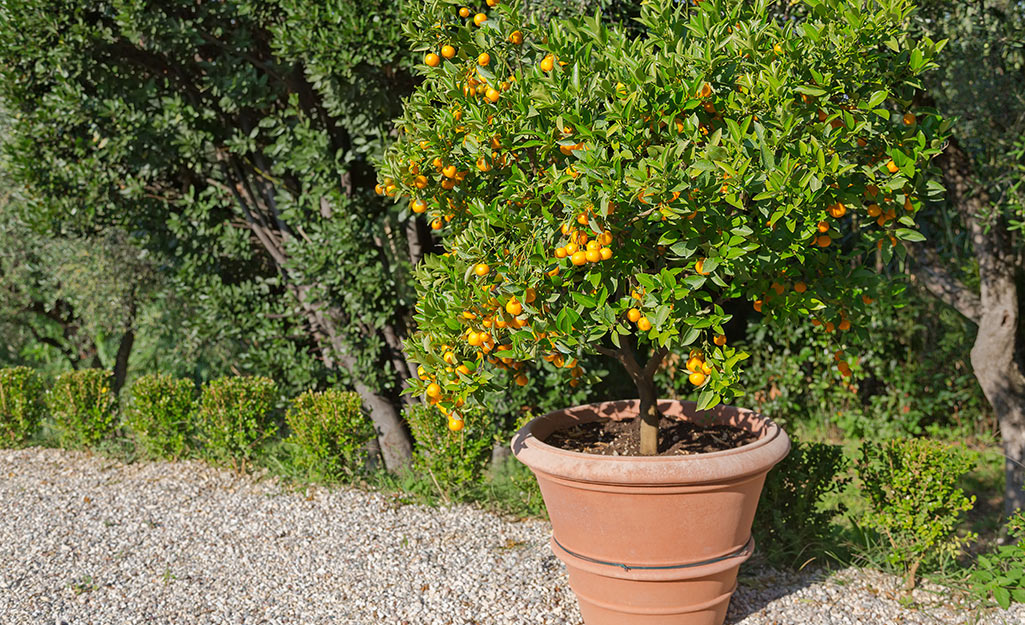
Citrus trees that grow well in containers include limes, kumquats and lemons, as well as dwarf varieties. Start with a pot that is about fifteen inches in diameter for a young tree. Well-draining potting soil works best. Place the plant in full sun and water only when the top inch or two of soil is dry to the touch.
You’ll want to prune your tree each season to keep it a good size for container growth. In extreme cold weather, move your citrus tree indoors.
Citrus trees can be an attractive and fruitful addition to your landscape. The Home Depot carries an assortment of citrus and fruit trees. You can also check The Home Depot Mobile App for everything you need to care for and protect your citrus trees through all seasons.







